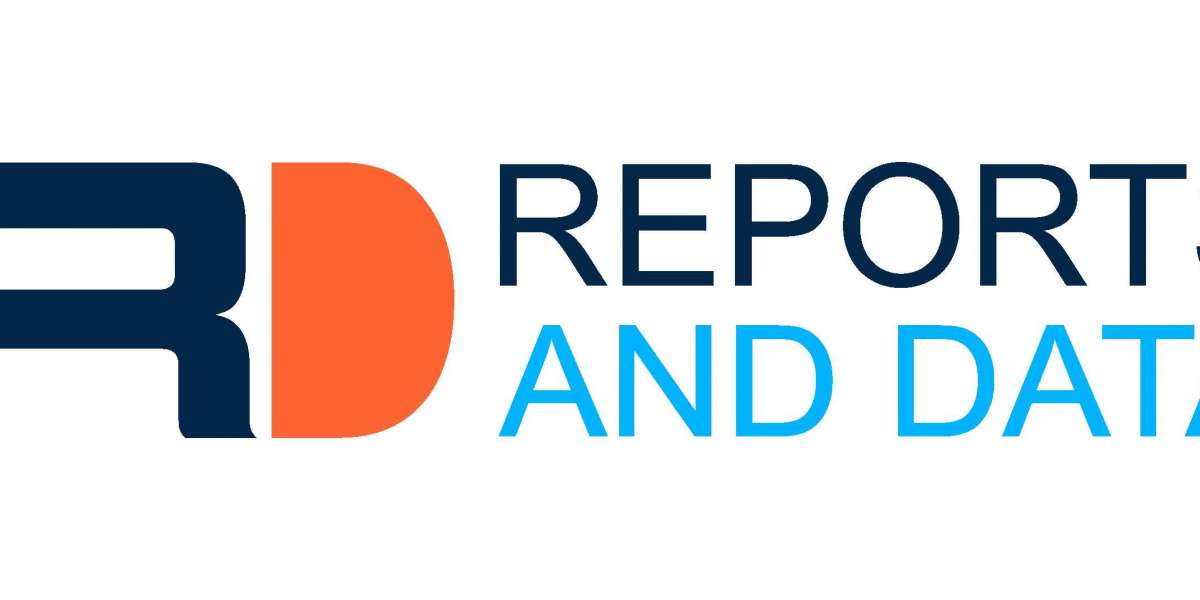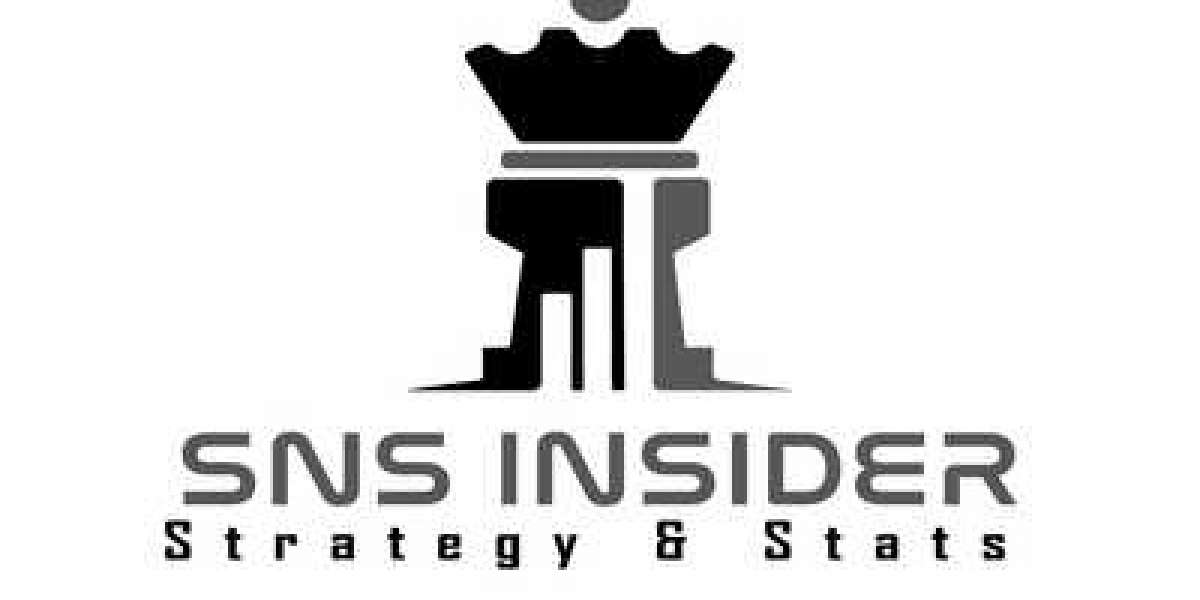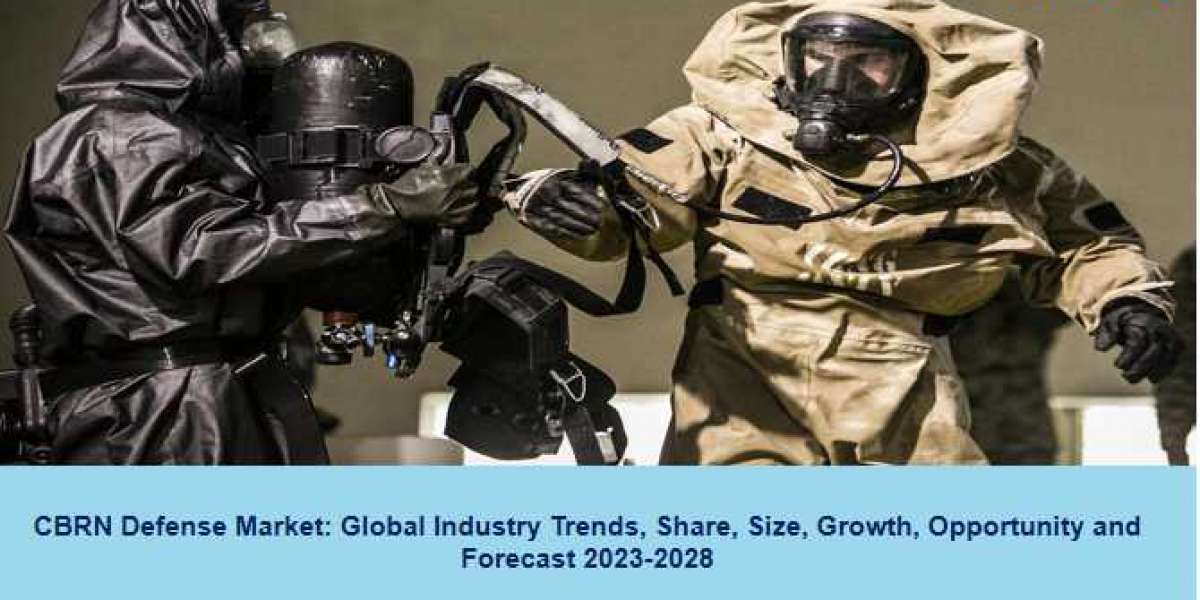Recognizing the Signs
Before delving into strategies for prevention, it's crucial to recognize the signs of executive burnout. Common indicators include persistent fatigue, cynicism, decreased productivity, and emotional exhaustion. Acknowledging these symptoms early on can pave the way for proactive intervention and prevention.
Prioritize Self-Care
Executives often prioritize the demands of their roles over their own well-being, leading to burnout. However, prioritizing self-care is essential for long-term success and resilience. This includes allocating time for relaxation, exercise, adequate sleep, and hobbies outside of work. By nurturing physical and mental health, executives can enhance their capacity to cope with stress and adversity.
Establish Boundaries
In the age of constant connectivity, it's easy for executives to become engulfed in work-related tasks around the clock. Establishing clear boundaries between work and personal life is paramount to prevent burnout. This may involve setting designated "off" hours, refraining from checking emails outside of work hours, and delegating tasks when necessary. By respecting personal time, executives can recharge and maintain a healthy work-life balance.
Cultivate Supportive Relationships
Building a strong support network can significantly alleviate the pressures of executive roles. Whether through mentorship, peer support groups, or professional counseling, executives benefit from having a safe space to discuss challenges and seek guidance. Cultivating supportive relationships fosters resilience and provides a sense of camaraderie amidst the demands of leadership.
Practice Mindfulness
Mindfulness practices, such as meditation and deep breathing exercises, offer powerful tools for stress management and emotional regulation. Integrating mindfulness into daily routines can help executives cultivate present-moment awareness and reduce the impact of stressors. By fostering a calm and centered mindset, executives can navigate challenges with clarity and composure.
Promote Work-Life Integration
Rather than striving for a strict separation between work and personal life, embracing work-life integration can foster harmony and fulfillment. This approach emphasizes aligning professional responsibilities with personal values and priorities. By integrating meaningful activities and relationships into their workday, executives can derive greater satisfaction and mitigate the risk of burnout.
Seek Professional Support
In cases where executive burnout has already taken its toll, seeking professional support is paramount. Mental health professionals can provide personalized strategies and interventions to address burnout symptoms effectively. From cognitive-behavioral therapy to stress management techniques, accessing professional support can facilitate recovery and prevent recurrence.
Conclusion
executive burn out poses significant challenges to both individuals and organizations, jeopardizing productivity and well-being. By prioritizing self-care, establishing boundaries, cultivating support networks, practicing mindfulness, promoting work-life integration, and seeking professional support, executives can safeguard their mental wellness and thrive in their roles. Remember, prioritizing mental health is not a luxury but a necessity for sustained success and fulfillment in the corporate world.









